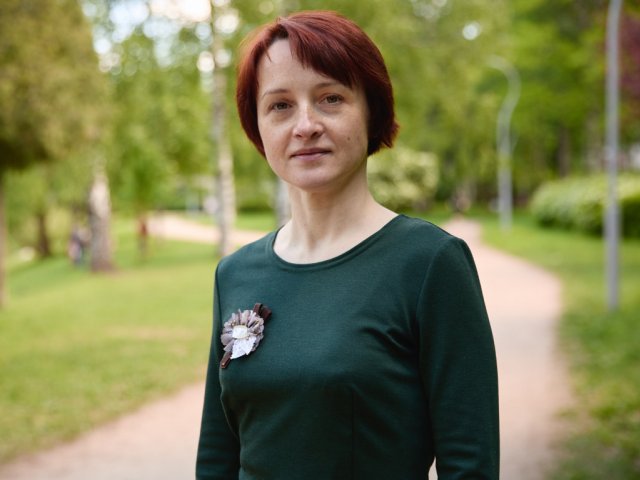Official:
John Flamsteed. 19 August 1646 – 31 December 1719. English astronomer, Founder and First Director of the Royal Greenwich Observatory.
Life and Work:
1. An east window of the Church of St Bartholomew in the village of Burstow, not far from London, is decorated as a memorial. It commemorates John Flamsteed because the astronomer royal was a rector of this church in the decline of his years.
2. The future famous astronomer was born in Denby, a small village in Derbyshire, his father carried on a malting business. The boy was so weak that barely made it.
3. The church school infected him with love for history and taught him well in Latin which was then necessary for reading the academic literature. His progress to Jesus College, Cambridge, recommended by the Master of Derby School, was delayed by the illness which however allowed him to study fractions – the mathematics turned out to be necessary for helping his father in his business. It was at the same time that Flamsteed came across books on astronomy and he fell in love with the music of the spheres.
4. Flamsteed started with the design of sundials and then moved to make ephemerides, i.e., tables giving apparent positions of stars and other astronomical objects. In 1665, at the age of nineteen, Flamsteed wrote his first paper on astronomy titled Mathematical Essays. In this paper, he described the design, use and construction of an astronomer’s quadrant. Besides, this scientific work included tables for the latitude of Derby.
5. Among the scientific achievements of the young Flamsteed are accurate calculations of the solar eclipses of 1666 and 1668.
6. The future astronomer royal moved to Cambridge only in 1670. According to biographers, the student of Jesus College heard Isaac Newton’s lectures although he did not agree with the teacher in all things. It is argued that he doubted decomposition of light into colored rays.
7. Upon return to Derbyshire, Flamsteed practiced astronomy to the extent that he could and sent his observations to the Royal Society. Ordained a deacon, he was preparing to take up a living of a priest when he was invited to London. It appeared to be that his works on astronomy captured the interest of Jonas Moore, a mathematician, an avid enthusiast and patron of astronomy, who recommended him in 1675 as the astronomer royal.
8. The first royal observatory was housed at the famous Tower of London. It was maintained that his observations were heavily hampered by local crows which sat on telescopes and soiled them. For that reason or because the French, eternal rivals, opened an observatory the aforementioned Moore and Flamsteed convinced Charles II and the king issued a royal warrant in 1675 stating: “Whereas, in order to the finding out of the longitude of places for perfecting navigation and astronomy, we have resolved to build a small observatory within our park at Greenwich, upon the highest ground, at or near the place where the castle stood, with lodging-rooms for our astronomical observator and assistant.”
9. Christopher Wren, an architect of St. Paul’s Cathedral, found a suitable place in the park at Greenwich atop of a hill and started construction. The observatory was often called “Flamsteed House” became the first building in Great Britain designed and erected specifically to solve R&D problems.
10. Astronomer Royal Flamsteed was tasked with “rectifying the Tables of the motions of the Heavens, and the places of the fixed stars, so as to find out the so much desired Longitude of places for Perfecting the Art of Navigation.” But the crown did not provide enough money to buy necessary tools and Flamsteed spent the father’s estate and Jonas Moore’s money to equip the observatory. When he ran out of money, he had to teach private lessons.
11. Flamsteed lived at the observatory until 1684 when he moved to Burstow where he combined his duties as the astronomer royal and the job of a parish priest until his death.
12. The last years of Flamsteed’s life went on in disputes over publication of his stellar observations. In an effort to keep his spotless reputation, the scholar did not rush with the publication of his unfinished paper but Newton, the then President of the Royal Society, and Halley demanded that he publish it. Despite Flamsteed’s protests, the catalog edited by Halley was issued in 1712 in an edition of 400 copies. Flamsteed bought and burnt 300 of those copies.
13. The author’s version of the star catalog, Historia Coelestis Britannica, edited by his widow, was published after his death and contained information about positions of three thousand stars. In the catalog, stars were specifically number. Flamsteed’s enumeration is still used today.
14. In 1729, Flamsteed’s widow published Atlas Coelestis based on the scholar’s observations. Astronomers used this atlas throughout the 18th century.
15. When the International Meridian Conference was held in Washington in 1884, the participants decided to establish a prime meridian for the entire planet at the observatory set up in Greenwich with Flamsteed’s participation. It is through the big telescope of the observatory, through the reticle in the middle of its lens, an imaginary line, the famous Greenwich prime meridian passes from north to south.
16. In order to please tourists, “the imaginary line” was incarnated in a copper track. Today, alas, the prime meridian does not pass through the telescope of the observatory. The telescope was relocated from Greenwich to Herstmonceux over the smog in Greater London.






















